The new Jaguar XF will offer the best residual values of any premium executive saloon when it goes on sale in the UK this September, the British manufacturer has claimed.
Citing research conducted by Kwik Car, Jaguar says an entry-level 2.0-litre 163PS XF in Prestige specification will hold 52% of its original value after three years and 30,000 miles. That's compared to a Mercedes-Benz E200 BlueTec SE Auto, which holds 45% of its original value, an Audi A6 Ultra in S-Line specification which also holds 45%, and a BMW 520d SE which holds 44%.
As well as best-in-class residual values, Jaguar also claims the XF will sit in a lower insurance group than its rivals, citing research by Thatcham. Insurance ratings for the XF start in Group 25E - five groups lower than the equivalent BMW 5 Series.
Read Autocar's first drive of the new Jaguar XF
The new Jaguar XF made its public debut at the New York Motor Show in April, and is priced from £32,300.
Jaguar's new XF is claimed to be lighter, more efficient and far more technologically advanced than the seven-year-old model it replaces.
Built around the company’s latest aluminium architecture, which it shares with the XE, the Mk2 XF is powered by Jaguar Land Rover’s all-new 2.0-litre four-cylinder Ingenium petrol and diesel engines, as well as a twin-turbocharged 3.0-litre diesel V6 and a supercharged 3.0-litre petrol V6. Jaguar says that 83% of parts on the car are new and the body is' 11% lighter and 28% stiffer than the old XF's.
"There could be a place for a V8, but we're really pushing what we can do with the performance of a V6, in combination with the low body weight. The supercharged element to the V6 adds the instant throttle response; that pick-up is very important. Power is one of the elements of the story but by no means the most important," said Ian Hoban, Jaguar vehicle line director.
"It's important to launch this car with a real breadth of powertrain options to ensure it has appeal in different geographic locations. We can't assume everyone wants the same as the UK. We now have an engineering centre in China, which is a data gathering centre for Chinese buyer requirements," he added.
The new XF also features the company’s new InControl Touch Pro multimedia system, which is based around a quad-core processor and uses an “ultra-fast” ethernet network.
The new car employs Jaguar’s aluminium-intensive platform which is also used, in smaller form, under the new XE saloon.
The XF’s structure is, like the smaller XE’s, about 75% aluminium in its construction, and helps make the XF 190kg lighter than before. The XF’s front-to-rear weight distribution comes in at close to 50/50, because the rear structure of the body is made mainly of steel, which places more weight at the car’s rear.
Jaguar also says the structure is nearly 30% stiffer than that of the current car.
Hoban said: "The way it drives is really the USP of the car. We start in a great place as the XF is already the driver's choice in the segment. We've managed to take it on another level with the comfort and refinement now. It starts by making the body stiff, which allows you to get it agile and stiff. Then you can tune it t be comfortable and plush as well. There's nothing to hide with a lack of stiffness in the body."
Improvements in the economic viability of parts and tooling for carbonfibre could see it become a construction tool for architectures in the future, according to Hoban, who added that it currently only makes financial sense for manufacturers to build around 3000 units of a particular vehicle at present.
The XF shares its suspension set-up with the XE, which means struts with double wishbones at the front and an ‘integral link’ independent set-up at the rear.
The steering uses the same electric power-assisted set-up as the Jaguar Jaguar F-Type and XE, while active dampers will be on the options list; a feature called Jaguar Configurable Dynamics will allow the driver to tailor the settings of the dampers, steering, engine and eight-speed automatic gearbox.
Jaguar is also introducing All-Surface Progress Control which, it says, has been developed “for low-speed driving in adverse conditions”. This system automatically “manages the brakes and throttle” to maximise traction on, for example, surfaces covered with snow. The driver simply steers the vehicle.
Although the new XF is 7mm shorter and 3mm lower than the current model, the wheelbase is 51mm longer.
At a lengthy 2960mm, it’s only a whisker shorter than that of the BMW 5 Series. The British car maker is promising “class-leading rear-seat space, with more leg room, knee room and head room” - it says it has 3mm more rear leg room than the 5 Series, for example.
A feast of new technology means that the new XF range kicks off with CO2 emissions as low as 104g/km, which are delivered by the most frugal 161bhp, 280lb ft, 2.0-litre diesel Ingenium engine.
Jaguar says this is the lowest CO2 figure in the class for any non-hybrid vehicle. It’s well down on today’s BMW 518d, which has an official rating of 114g/km, as well as a lower-powered, 141bhp engine.
The company says there will also be a 178bhp, 317lb ft, 2.0-litre Ingenium diesel XF. Both of these engines can be combined with an eight-speed automatic gearbox.
Jaguar says that the eight-speed auto ‘box was chosen over a nine-speed as it offers the best calibration. A nine-speed would have efficiency benefits, but the eight-speed offers a better torque spread.
At the top of the diesel range is a tweaked version of the familiar twin-turbo 3.0-litre V6, which offers 296bhp and 516lb ft of torque.
The only petrol-engined version that Jaguar has so far released details about is the supercharged petrol V6, which develops 375bhp and 332lb ft of torque.
Inside, the XF has a completely different design language from Jaguar ’s XJ flagship. Rather than the XJ’s flamboyant circular vents and much more extravagant detailing, the new XF has a rather more contemporary and sparse appearance inside.
The centre console is notably wide, with plenty of storage space, and the interior detailing - both the brightwork and wood trim — is given a very lean and taut treatment. The XF gets the familiar pop-up rotary controller for the automatic gearbox selector and the outer air vents roll open when the car is started.
The new XF comes with a big, 10.2in ‘dual-view’ smartphone-like touchscreen and JLR’s latest multimedia system, known as InControl Touch Pro. The main instruments are displayed on a 12.3in TFT panel, which can be reconfigured.
Jaguar will offer the new XF in Prestige, R-Sport, Portfolio and S specifications. Top-end S models get Jaguar’s Configurable Dynamics system, which allows drivers to adjust the dampers, steering, engine and transmission settings to suit their driving style.
Other options include Jaguar’s All Surface Progress control system, as well as a laser head-up display, adaptive cruise control and LED headlights. All-wheel drive will not be offered in the UK, but it is all new and 18% lighter and 10% more efficient, and has a rear-drive bias.
The car’s safety suite consists of autonomous emergency braking, lane departure warning, lane-keep assistance and traffic sign recognition systems.
The XF actually had its best year on sale in 2014 - 48,000 were sold. In total, 250,000 were sold since 2007.
Q&A with Ian Callum, Jaguar design director
What was your aim in designing the new XF?
"We created the first XF and defined its character, so it was a challenge to replace something we understood already. We've made it more pragmatic; more space is a good thing.
“I wanted to protect Jaguar’s visual DNA and I wanted to make sure that we created a genuine sports saloon. However, I also wanted the new XF to be more mature and sophisticated than the previous car. It may be slightly shorter and lower than the old XF, but I wanted the car to have more presence, which I think we’ve achieved.
"It's a simple, intelligent design. It has to work for seven years and I believe this will.
“We’ve given the new car three side windows, which helps illuminate the interior, and we have this new strong line running down the side of the car.”
Why did you decide to stay with the familiar Jaguar nose design?
“The current XF is nearly eight years old and I think it has worn well. I wanted to translate the XF nose into the new family look. I wanted the front to look slightly menacing, but not aggressive or vulgar. The grille surround stands proud at the front. I like the way it looks like an air intake.
"This is not the time to change the face of the car. People need to see it and say 'this is a Jaguar', then they understand the brand and the values. We're building a family."
Why is the interior design of the XF such a break from the flagship XJ saloon and quite unlike any previous Jaguar model?
“We’ve certainly gone for a very simple interior architecture, although we have carried over some design themes from the current Jaguar line-up.
“Running around the top of the dashboard and into the doors is the upright strip we call the ‘Riva hook’, and it was used on the XJ. Like the current XF, we’ve used a metallic finish on the dash, retained the pop-up controller for the automatic transmission, and the outer two air vents are powered and flip into place when the car is started.
“This time, though, we’ve put a lot more sculpture into the shaping of the seats. On the leather-trimmed interior, we’ve also used a fluted finish, which could be thought of as old-fashioned, but I wanted to bring it back to Jaguar.
"To design a Jaguar with a lot of room in the back and still be a Jaguar was a challenge, but we've pulled it off."
Get the latest car news, reviews and galleries from Autocar direct to your inbox every week. Enter your email address below:



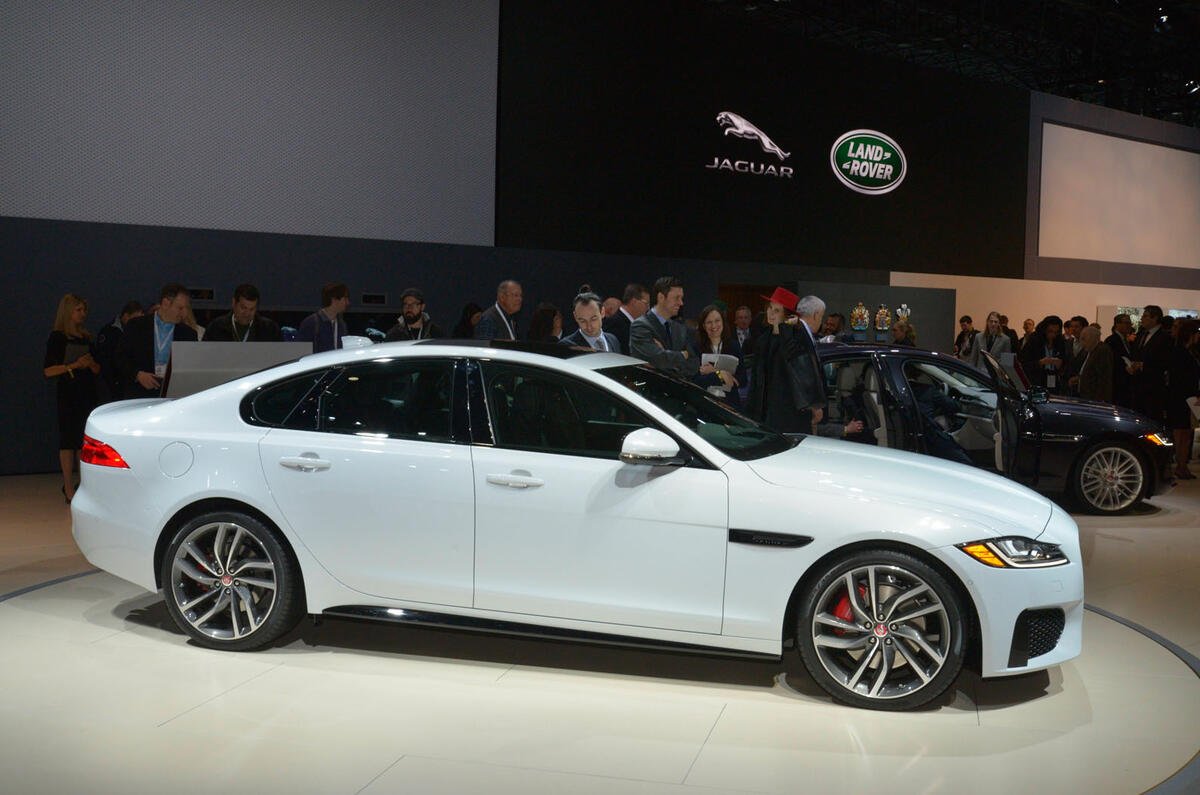

























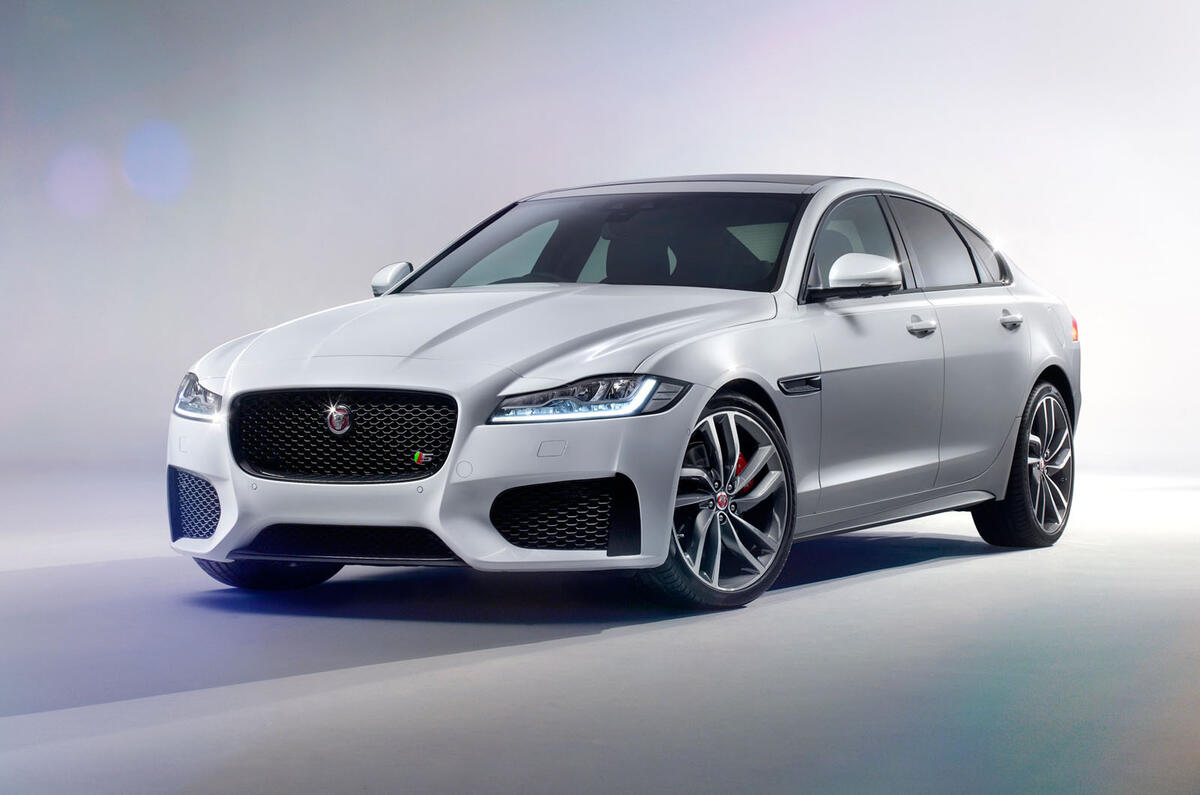





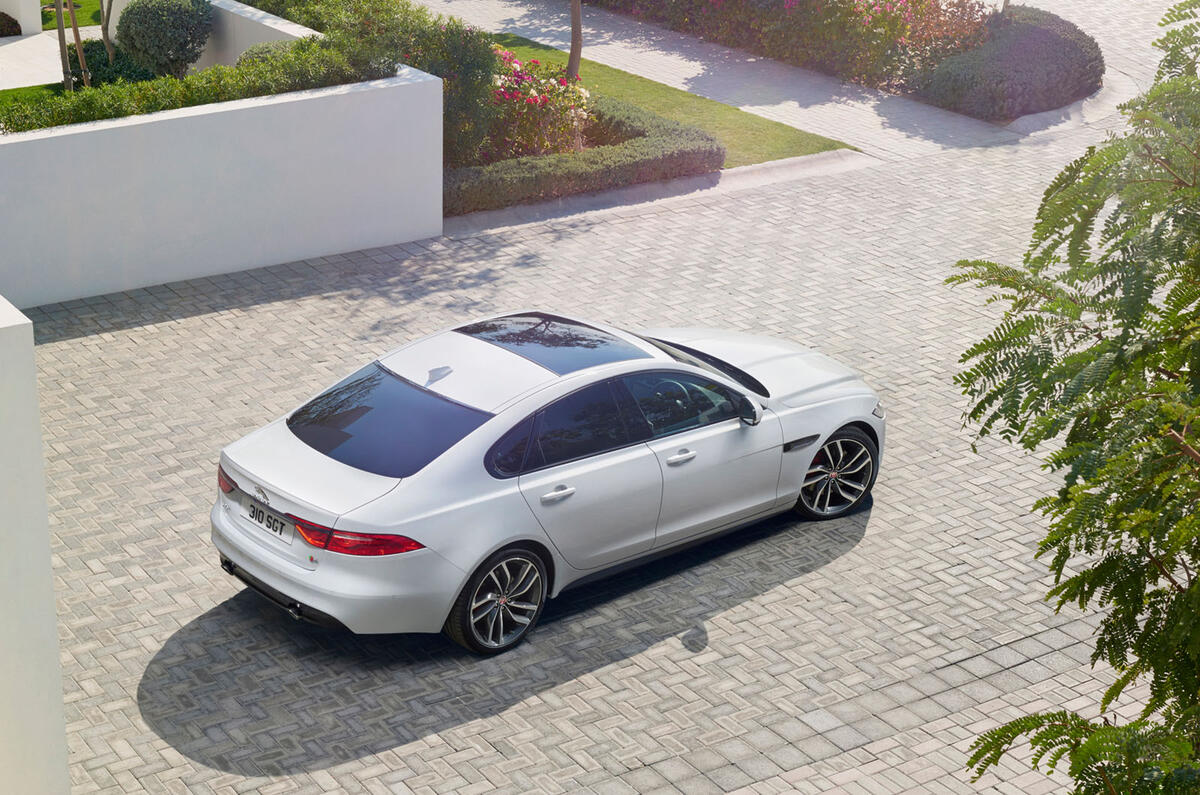

















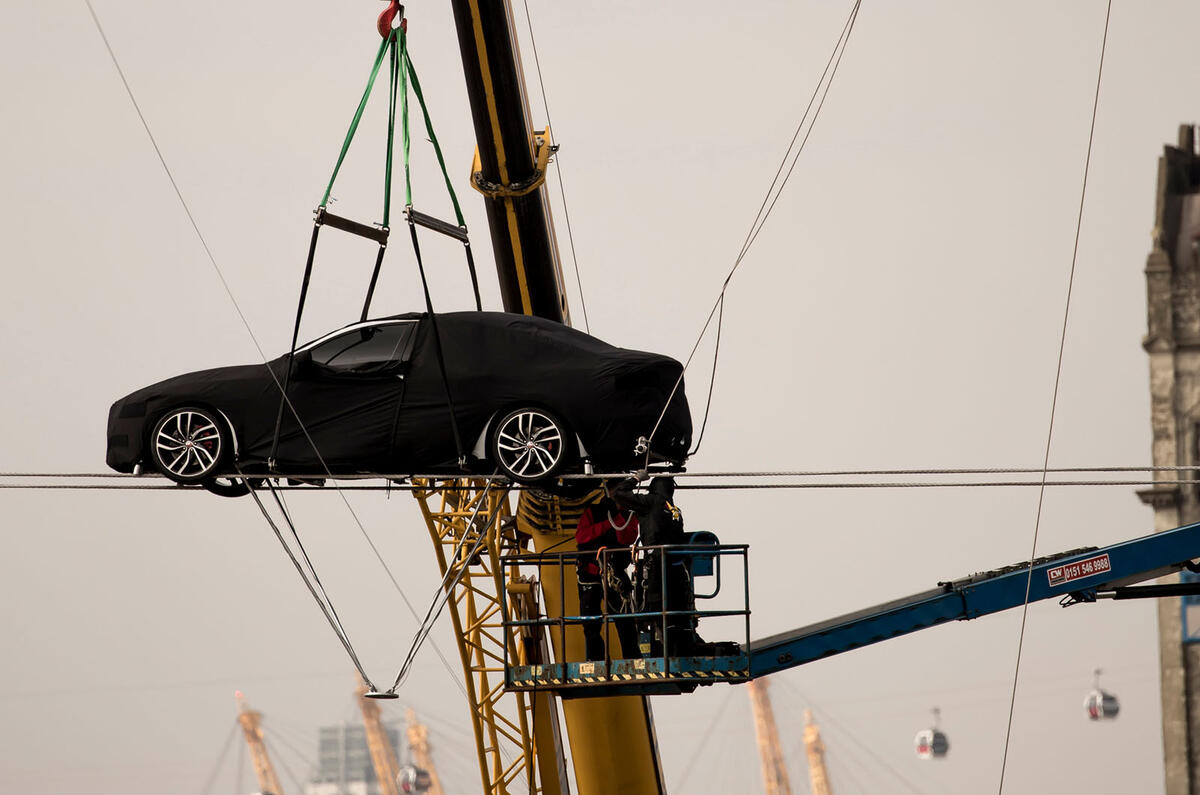



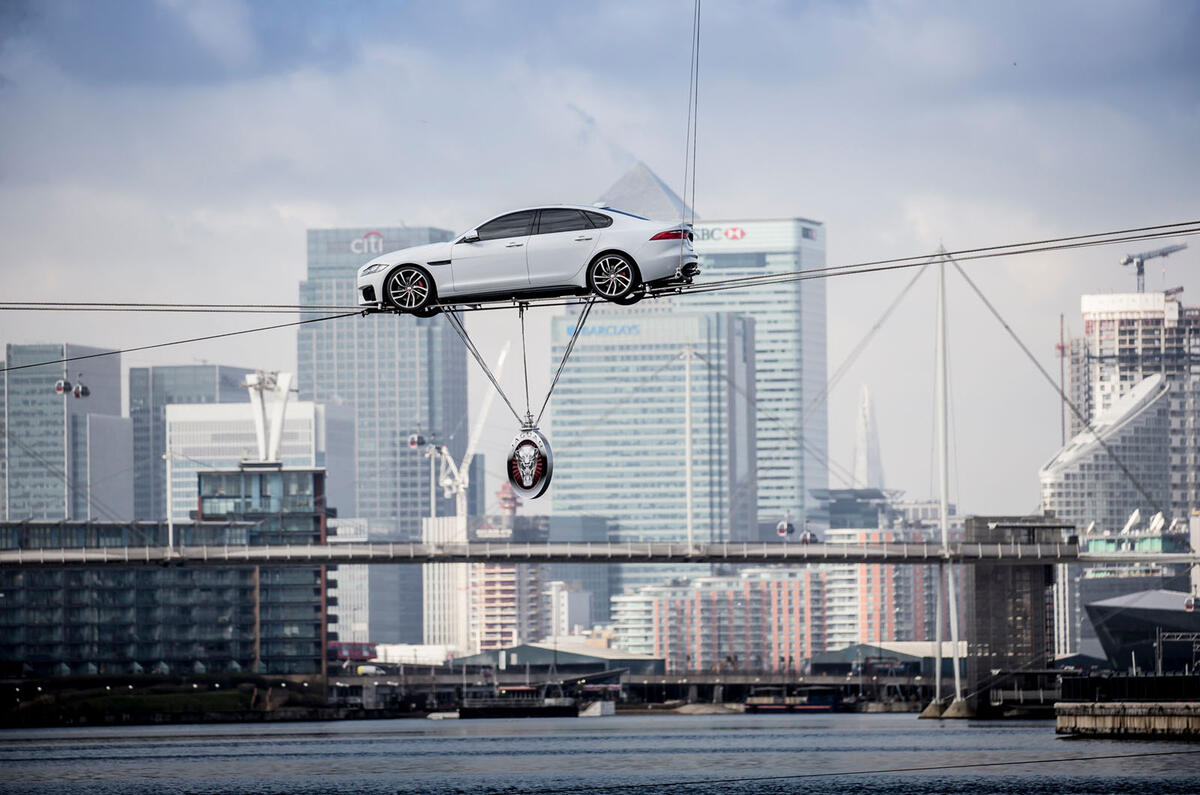

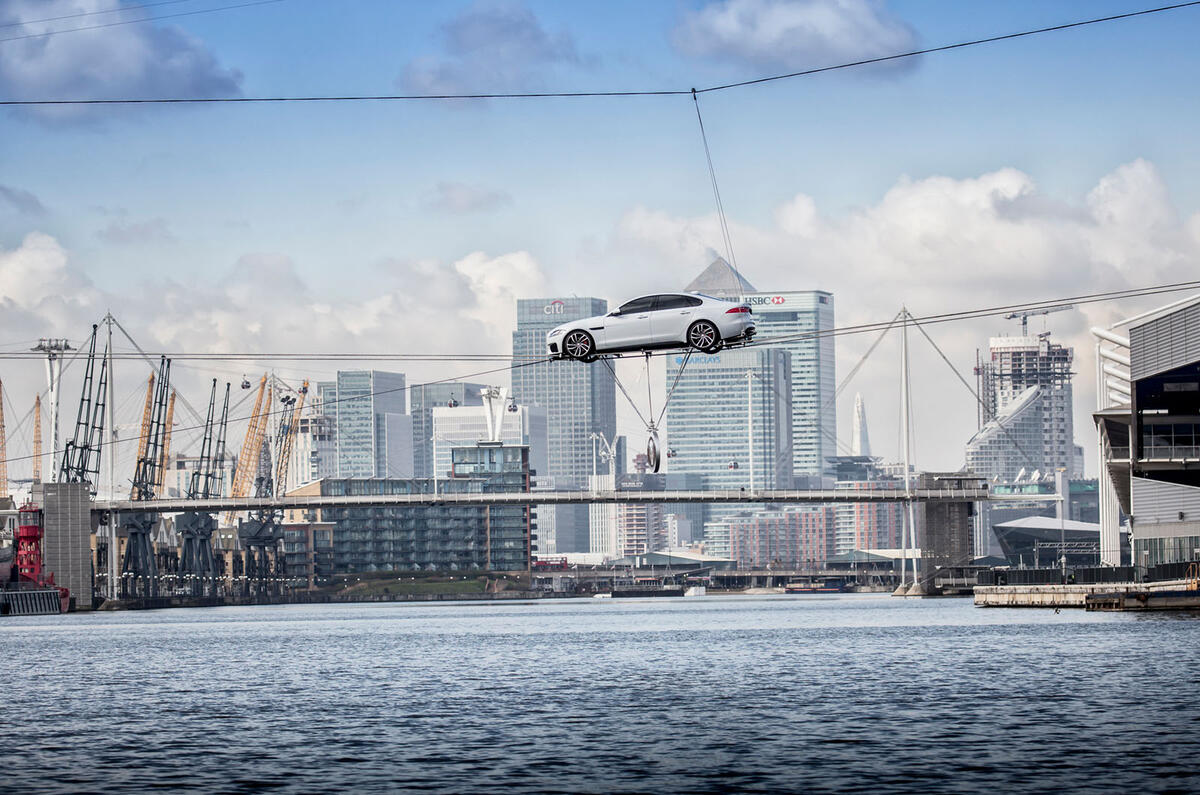

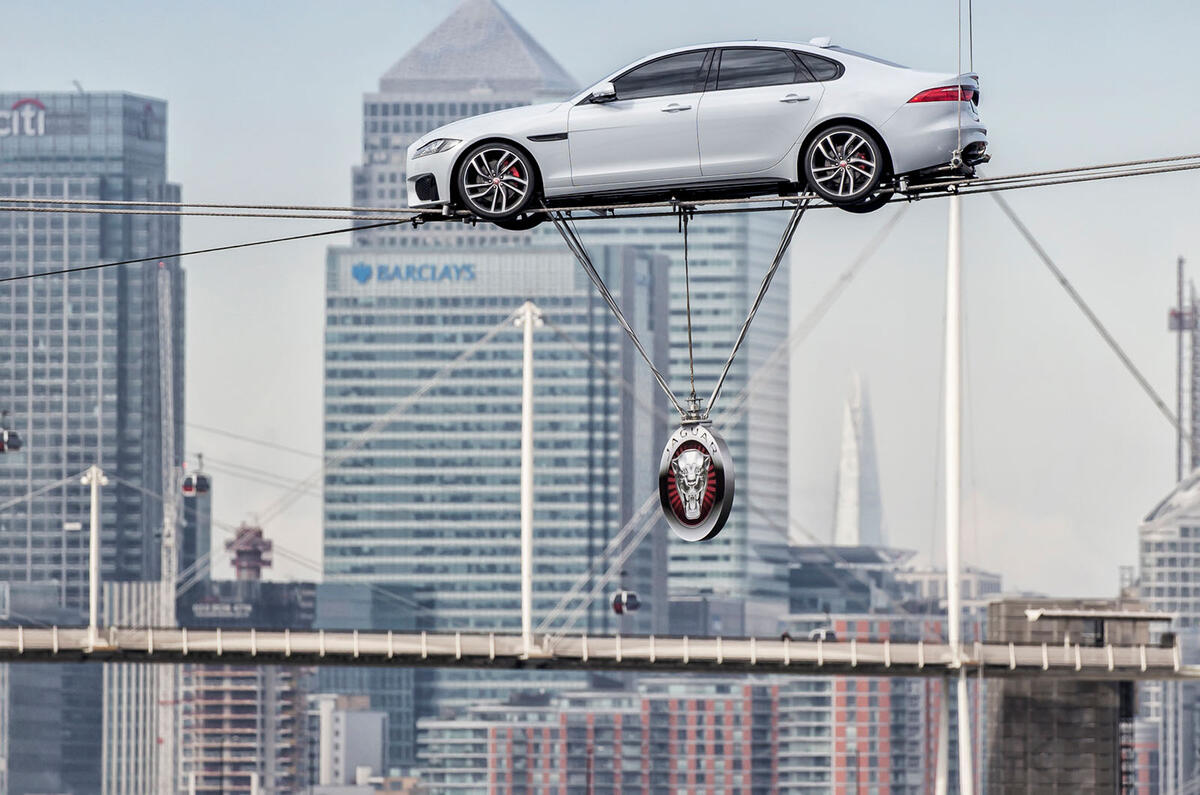




















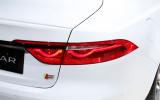








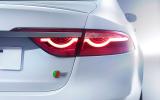













































Join the debate
Add your comment
Jaguar Drivers
maybery2009 wrote:Another
What a pointless & ridiculous generalization that adds nothing to the debate.
Toyota carina e!!!
Even the RR sport is ugly from the rear ...
The interior of the XE, XF and new discovery sport are just plain Bland and dull with tooucg plasticy facia
Deutsche Jag